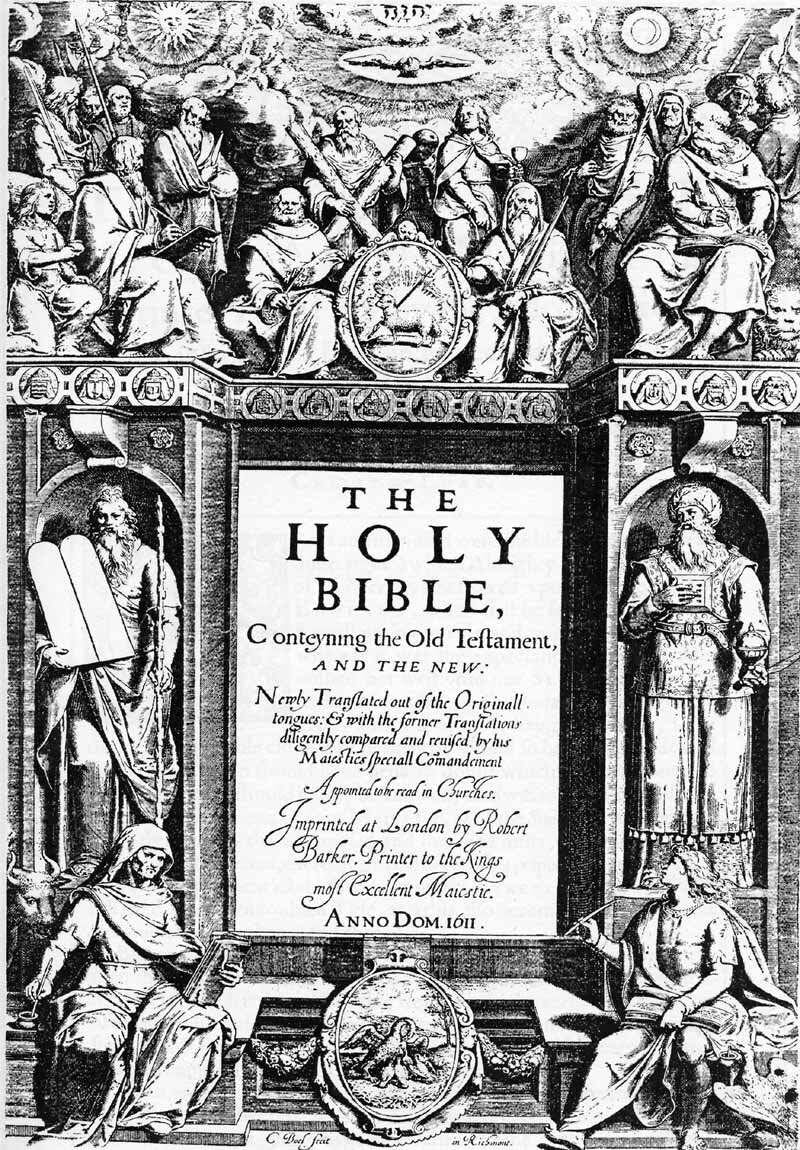GOD’S PRESERVED WORD
True faith begins with having God’s perfectly preserved words. This website is dedicated to teaching God’s truth from the 1611 Authorized King James Bible.
If you find typographical errors on this website in the quotes from the 1611 AKJB, it is because this platform mistakenly auto-corrects, not recognizing Elizabethan spellings.
We provide free teachings and resources to help you grow in your knowledge of the 1611 AKJB and to encourage you in your walk with the LORD.
For example, this short introductory video discusses the importance of the capital letters used in John 14:6, “I am the Way, the Trueth and the Life,” as found in the 1611 AKJB, but missing in most other Bibles.
In places, for your convenience, throughout this website, we’ve included links meant to provide historical facts and other general information, not necessarily of a specific biblical nature, but important to our understanding of preservation and corruption of God’s word.
As with all information, particularly that found on the Internet, verify facts wherever possible.
Be sure to visit us regularly!

In 1604, 47 of the world’s most brilliant Bible scholars began translating the original Hebrew and Greek texts into English.
Under the sponsorship of King James I, they produced a Bible that turned the world upside down and helped unseat the Roman Catholic Church, steeped in corruption. So threatened, the Roman Catholic Church sent Jesuit Guy Fawkes to England to kill King James and stop the translation from proceeding. This is referred to as , “The Gun Powder Plot,”or “Jesuit Treason Plot.”
The plot failed and the translation was first published in 1611. That Bible is rightly referred to as the “Authorized 1611 King James Bible.” Its faithfulness to the original manuscripts, and its prosaic majesty have never been equaled to this day.
Many Bibles claim to be the “Authorized 1611 King James Bible,” and publishers label them as such, but few, if any, are truly faithful. Most are after-the-fact revisions, to the detriment of accuracy. Or, they incorporate material from other manuscript lines, sometimes in disagreement with the original 1611 texts.
This website is dedicated to helping Bible lovers discern the difference, and the importance of having the pure preserved testimony of our LORD and Savior to guide and teach us.
OVERVIEW
The Authorized 1611 King James Bible (AKJB) was translated from the Masoretic Texts (Old Testament) and the Textus Receptus (New Testament). The Textus Receptus is also called the Received Text and the Majority Texts. They are the manuscripts that came from Antioch, where believers were first called Christians, as recorded in Acts 11:26, which reads, “And when he had found him, he brought him vnto Antioch. And it came to passe, that a whole yeere they assembled themselues with the Church, and taught much people, and the disciples were called Christians first in Antioch.”
Conversely, modern Bibles (New Testaments), and the bulk of those produced after the AKJB came off the press in 1611, have their roots in Alexandria Egypt, where Gnostic scholars altered the Antiochian manuscripts, adding and deleting according to their doctrines. They are referred to as Vatican and Sinaitican Manuscripts, or Vaticanus and Sinaiticas, also called Minority Texts. Modern Old Testament translations favor the Septuagint, which is a translation of the Hebrew Masoretic Texts into Greek in Alexandria by Gnostic scholars.
Acts 6:9 records Alexandrians disputing Steven. The scripture reads, “Then there arose certain of the Synagogue, which is called the Synagogue of the Libertines, and Cyrenians, and Alexandrians, and of them of Cilicia, and of Asia, disputing with Steuen.” Yet the previous verse records him as a man blessed by God and equipped to share the truth of God’s word. It reads, “8. And Steuen full of faith and power, did great wonders and miracles among the people.” Yet the Jews of the Synagogue later murdered him, “And they stoned Steuen, calling vpon God, and saying, Lord Iesus receiue my spirit.” (Acts 7:59)
Thus we account for the two lines of manuscripts at odds: the Majority Texts originating in Antioch, and the Minority Texts originating in Alexandrian.